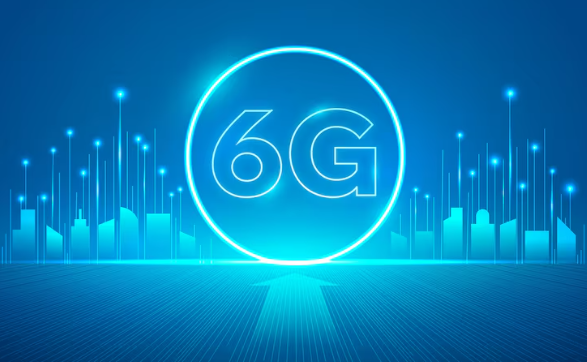Introduction
Small businesses are increasingly becoming more lucrative and expansive, thanks to the spread of digital technologies and opportunities at the junction of cross-industry sectors. This has given rise to various new roles for virtual utilities, such as lifestyle and affinity services around the empowered prosumer, grid management in the transaction span, managing infrastructure in the energy sharing economy, and modeling and simulating information to leverage data science, etc. In this era, energy and utility firms are facing unmatched levels of disruption along the energy value chain due to the digital revolution. Let’s discuss how virtual utilities act as a catalyst to drive costs and efficiency in the future.
Six Key Trends Shaping Virtual Utilities
Trends in Virtual Utilities
In response to the disruptive forces faced by energy and utility firms, there is a need to use virtual utilities in six areas
- Create new revenue streams
The energy technologies disrupting the industry also provide the opportunity for fresh business models and revenue streams. Virtual utilities must focus on how they react to a rapid influx of wind, solar, battery storage, and other maturing energy technologies at both the consumer and utility scales. There is a great need to build new partnerships and offerings that are beyond the regulated business units.
- Improve customer engagement
Virtual utilities must keep up with changing customer expectations and relationships. Digitalization provides an opportunity to accept new technologies that allow energy and utility companies to carry out customer engagement proactively to influence thought processes and drive better results across all the phases of the customer lifecycle, including marketing, sales, and service.
- Boost B2B value.
The latest Internet-of-Things (IoT) technologies enable business clients to monitor and control usage far off the meter with more coherency and precision. Utility firms have a chance to create services that allow these clients to manage their energy utilization more effectively. At the same time, clients can use new self-service tools to get a better handle on their relationship with the utility or energy company.
- Innovate to manage costs.
Regardless of this drastically changing environment, virtual utilities must continue to offer safe, dependable, cost-effective, and sustainable services. In addition, they must proactively apply innovative strategies and technologies to transform processes and minimize costs in their core business areas.
- Efficiency
As per McKinsey, virtual utilities can boost cost efficiency by 1%–4% per kilowatt-hour if adequately deployed. In addition, digital technology has the potential to increase efficiency throughout the utility value chain, beginning with heat rate during power generation, market bidding, transmission inspection, and field employee productivity during distribution. A virtual utility can also help retail customer service agents do their jobs better and build an energy ecosystem for services behind the meter.
- Ecosystem
Virtualization technologies provide an opportunity to develop an ecosystem with customers, partners, and competitors to generate exponential value, thereby transitioning from a product-centric approach to a purpose-driven approach. This is driving virtual utilities to form alliances with developers and builders for new connections, as well as with clients for demand-side management and renewable journeys. Virtual Utilities is also working with other utilities to help out and work together during disasters. They are also working with other companies in different industries to offer end users a one-stop solution.
Changing landscape of virtual utilities with roles and responsibilities
The increasing intersection of industry boundaries is paving the way for energy democratization. Ex: Tesla is planning to dive into the electricity market in the United Kingdom (UK), and the electronics giant Apple is looking to invest in building two of the world’s biggest onshore wind turbines in the regions of Denmark. With energy companies buying telecommunications companies, homes being turned into power plants, and microgrids giving local communities more power, virtual utilities play a big part in turning a threat into an opportunity. Simultaneously, regulators worldwide are ushering in fresh opportunities for virtual utilities to assist them in revamping their businesses.
Today’s virtual utility value chain needs to put more focus on resiliency, flexibility, and optimization. It requires conversion from delivery to discovery mode with an emphasis on unlocking network capability, minimizing constraints, and creating new revenue streams for participants in the market. To optimize and boost their networks, virtual utilities combine energy technologies such as distributed generation, storage, demand-side management, and electric vehicle abilities with exponential technologies like the Internet of Things (IoT), 5G, and blockchain. In fact, a US-based energy marketplace, Brooklyn Microgrid, known for trading locally generated solar energy, has already been approved to launch a blockchain-assisted energy trading platform.
Conclusion
The success of virtual utilities depends on how well they understand customer personas like those who are interested in technology, want to save money, want comfort, or care about the environment. Understanding such things will help virtual utilities provide personalized experiences and demonstrate their capabilities as flexibility providers, value creators, or affinity service providers. These abilities serve as efficiency-delivering tools and help a virtual utility generate accurate market predictions for the appropriate ecosystem.



